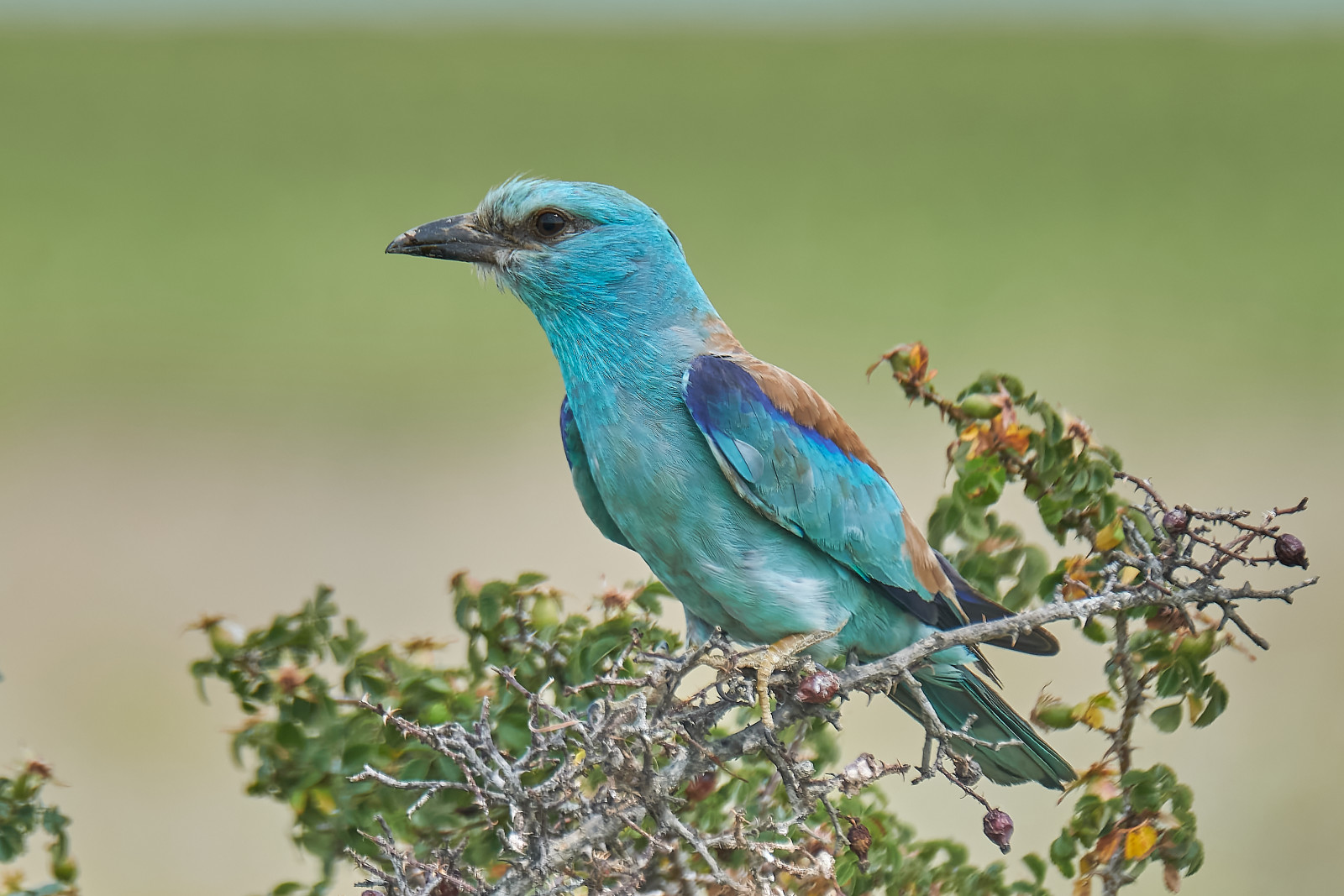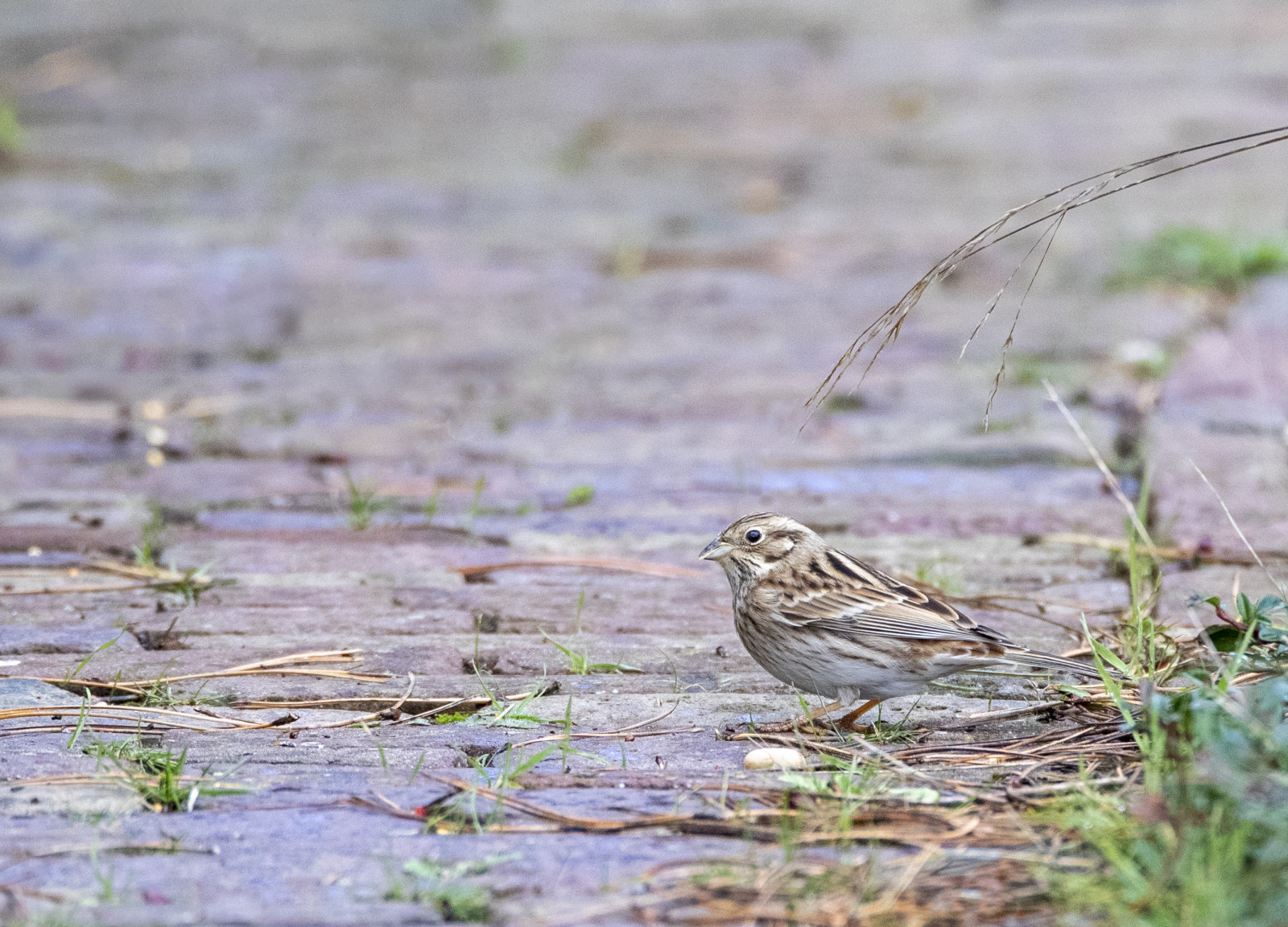Description
The Magredi di Vivaro is a unique area of its kind in Italy, which somehow recalls the Hungarian steppes, with which it also shares a certain type of vegetation. The site is part of the Natura 2000 network. There are numerous breeding species, many of which are in decline at regional and/or national level, such as prepelica, divja grlica, podhujka, Prlivka, veliki skovik , Sršenar, smrdokavra, zlatovranka, vijeglavka, mali detel, škrjančar, kobilar, rjavi srakoper, hribski škrjanec, poljski škrjanec, kratkoperuti vrtnik, rjava penica, prosnik, rjava cipa, veliki strnad, plotni strnad. Also in the summer period it is possible to observe kačar, duplar, močvirski lunj and čebelar.
During migration the following birds can appear žerjav, bela štorklja, rdečenoga postovka, črnočeli srakoper, rjavoglavi srakoper, rumeni vrtnik, bičja trstnica, kobiličar, grmovščica, severni kovaček, mlinarček, taščična penica, črnoglavi muhar, kupcar, repaljščica and drevesna cipa. More rarely beloglavi strnad, čopasta kukavica, črna štorklja, čoketa,močvirska uharica and stepski lunj.
Instead, in the winter period, in addition to the sedentary species, various wintering birds can be observed, such as planinski orel, pepelasti lunj, mali sokol, sokol selec, veliki srakoper, , brinovka, travniška cipa, vriskarica, pinoža, dlesk, čižek, rumeni strnad and trstni strnad.
_________________________
Italiano: I Magredi di Vivaro sono un'ampio territorio costituito da landa steppica e radi arbusti, che si sviluppa ai margini del greto dei fiumi Cellina e Meduna. Si tratta di un'area unica in Italia nel suo genere, che richiama in qualche modo le steppe ungheresi, con cui ha in comune anche un certo tipo di vegetazione. Il sito fa parte della rete Natura 2000, trattandosi di una ZPS .
Numerose sono le specie nidificanti, molte delle quali risultano in declino a livello regionale e/o nazionale, come prepelica, divja grlica, podhujka, Prlivka, veliki skovik, Sršenar, smrdokavra, zlatovranka, vijeglavka, mali detel, škrjančar, kobilar, rjavi srakoper, hribski škrjanec, poljski škrjanec, kratkoperuti vrtnik, rjava penica, prosnik, rjava cipa, veliki strnad, plotni strnad. Sempre nel periodo estivo è possibile osservare kačar, duplar, močvirski lunj, čebelar.
Durante la migrazione fanno la loro comparsa žerjav, bela štorklja, rdečenoga postovka, črnočeli srakoper, rjavoglavi srakoper, rumeni vrtnik, bičja trstnica, kobiličar, grmovščica, severni kovaček, mlinarček, taščična penica, črnoglavi muhar, kupcar, repaljščica, drevesna cipa. Più raramente beloglavi strnad, čopasta kukavica, črna štorklja, čoketa,močvirska uharica, stepski lunj.
Invece, nel periodo invernale, oltre alle specie stanziali si possono osservare vari svernanti, come planinski orel, pepelasti lunj, mali sokol, sokol selec, veliki srakoper, cikovt, brinovka, travniška cipa, vriskarica, pinoža, dlesk, čižek, rumeni strnad, trstni strnad.
Details
Access
Access to the actual Magredi area is prohibited for motorized vehicles (cars, motorbikes, quads, etc.), which is why it is advisable to park at the edge of the area. For directions to a parking spot click on a P in the map. From the parking you can access the area on foot or by bike, following the dirt roads and paths present. It is important not to leave the paths already mapped out, to avoid disturbing the fauna and damaging the flora.
_________________________
Italiano: L'accesso all'area vera e propria dei magredi è vietato ai mezzi motorizzati (auto, moto, quad, etc), motivo per cui conviene parcheggiare ai margini dell'area ed accedere a piedi o in bici, seguendo le strade sterrate ed i sentieri presenti. E' importante non uscire dai percorsi già tracciati, per evitare di disturbare la faune e danneggiare la flora.
Terrain and Habitat
Scattered trees and bushes , Grassland , Moors/heathland , Steppe , Plain , ForestConditions
Rocky , Dry , Open landscape , Dusty , No shadow , FlatCircular trail
YesIs a telescope useful?
Can be usefulGood birding season
All year roundBest time to visit
Spring , Autumn , Spring migration , Autumn migrationRoute
Unpaved road , Wide pathDifficulty walking trail
EasyAccessible by
Foot , BicycleBirdwatching hide / platform
NoExtra info
Note: the area is subject to military exercises, so on days when there are exercises, access may be partially closed.
_________________________
Italiano: La zona è sottoposta a servitù militare, per cui nelle giornate in cui ci sono esercitazioni l'accesso può essere parzialmente interdetto.





